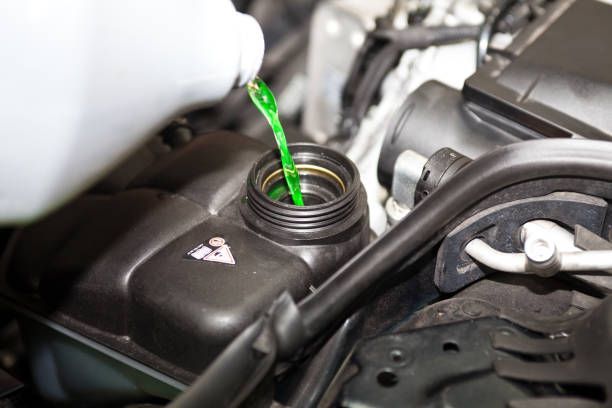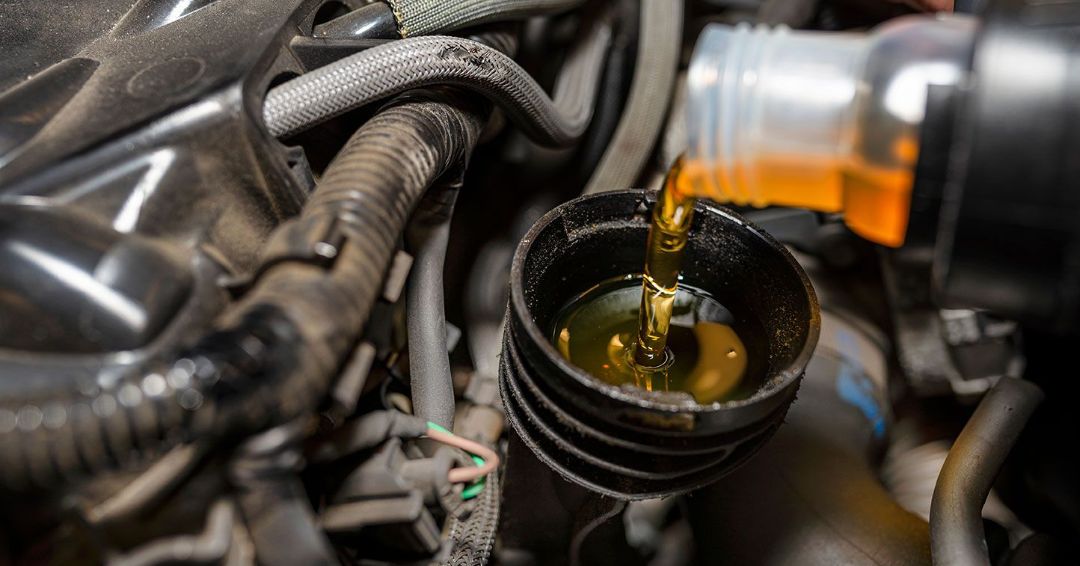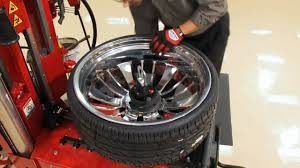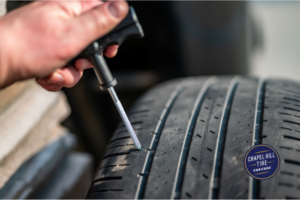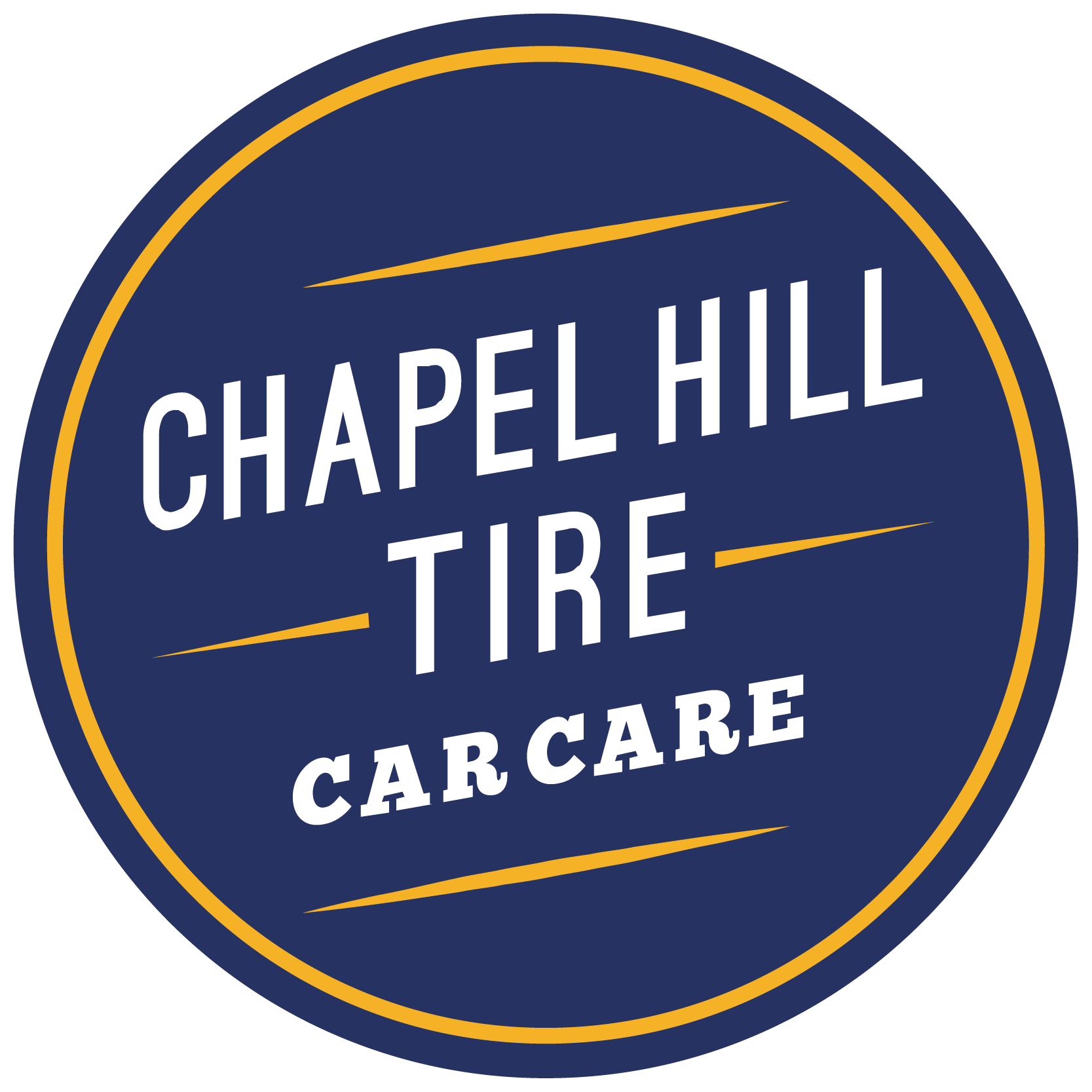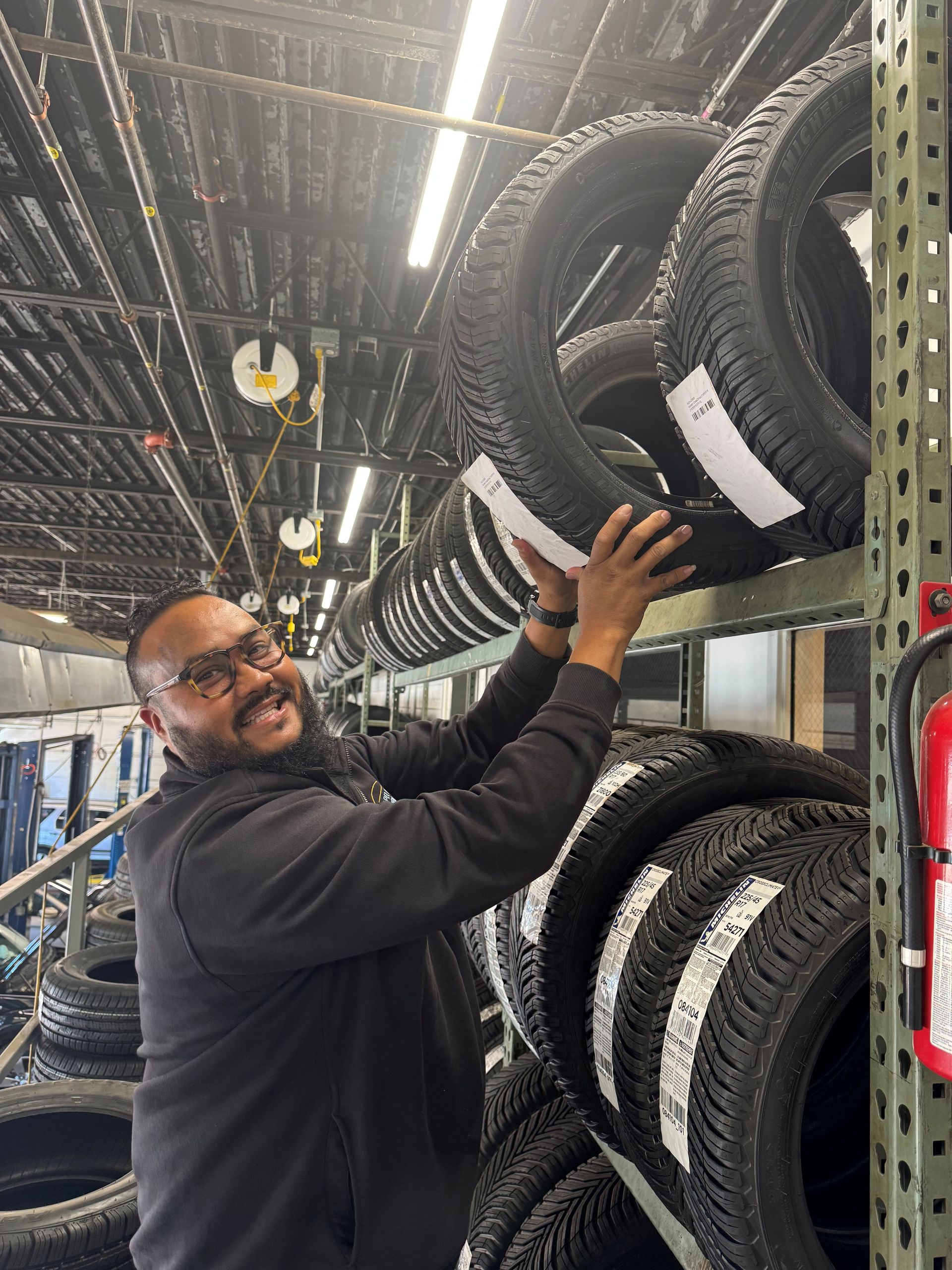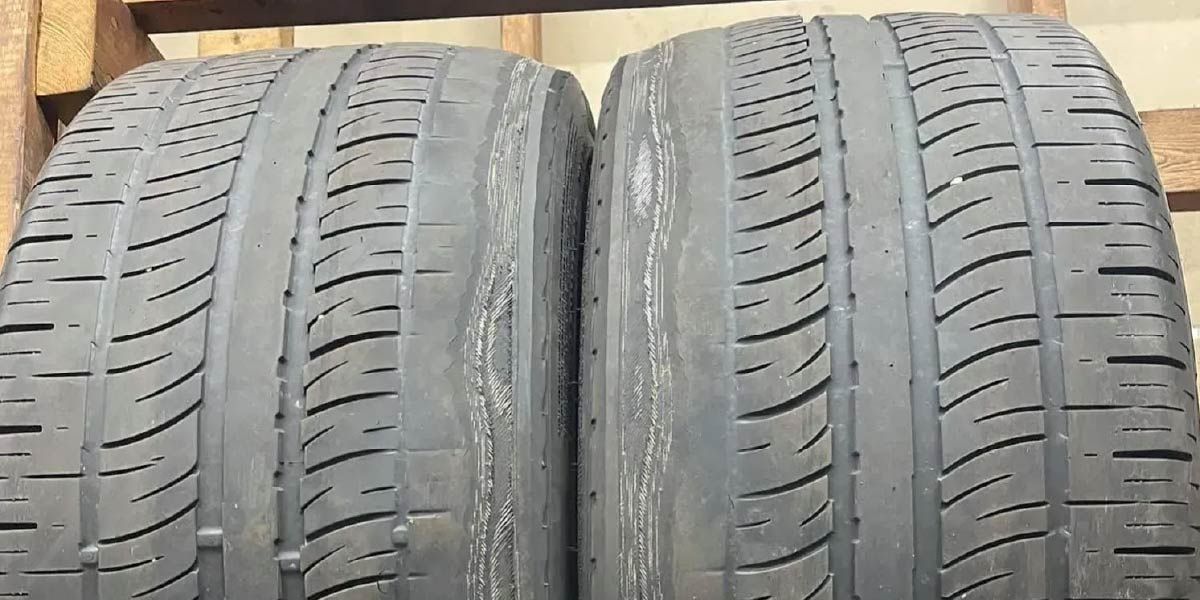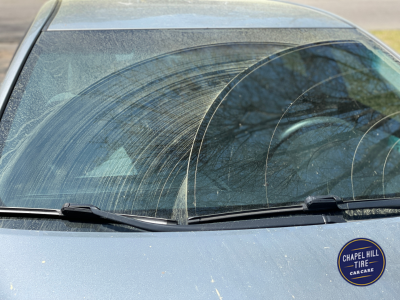Why Batteries Lose Their Charge in the Winter
Auto Shops Located in: Chapel Hill, Durham, Taleigh, Apex, and Cary North Carolina

The holiday season may look a little different this year as we all follow the CDC Holiday Safety Guidelines. However, some drivers have substituted their traditional plans for a holiday joy ride to enjoy socially-distant travels from the safety of their car. Every road trip you take can put extra strain on your vehicle. Here is a closer look at how to prep your vehicle for a long drive.
Why Do Batteries Lose Their Charge in the Winter?
When the thermometer dips below freezing, a car battery can
lose 30% to 60% of its charging capacity. Car batteries often lose their charge due to slower chemical reactions, thickening vehicle oil, and increased energy demands from electrical systems. Find out more about how each of these factors affects a battery’s charge below:
- Slower chemical reactions: Most car batteries rely on chemical reactions to generate power and send power signals to terminal ends. During cold weather, a battery’s electrochemical reactions will slow down, resulting in a weaker battery.
- Increased energy demands: The winter can bring increased energy demands from your vehicle. For example, running your defroster and heater can put greater energy demands on your vehicle. Since your battery will already be impacted by slower chemical reactions, putting too much demand on your battery can lower its charge faster. As a result, it’s typically recommended to keep electrical systems off (e.g., your defroster, heater, radio, and headlights) when you first start your vehicle on cold mornings.
- Thicker engine oil: Another common challenge batteries face in the winter is thicker engine oil. In cold weather, your engine oil will be thicker, and the cold can strain other internal components, such as belts, hoses, and radiators. The increased strain and thicker oil slow down engines and require them to use more power to start. Depending on the condition of your battery, the increased power demands from the engine can cause your battery to lose its charge.
With a reduced capacity and higher energy demands, even healthy batteries can be strained by the winter. Due to the extra demands placed on them, it’s essential to know the main signs of a failing car battery and take action to protect your battery from cold weather.
Why Do Old Batteries Perform Worse in Winter Weather?
In the winter, an older battery, already weakened by years of use, faces even greater challenges. Accumulated wear and reduced efficiency due to the thicker engine voil, increased energy demands, and slower chemical reactions make old batteries especially vulnerable to winter’s harsh conditions. When a battery that’s just getting by in warmer weather faces a cold snap, it often doesn’t have the power to turn over the engine, resulting in a dead battery.
Usually, batteries last between four to six years. If your battery is in this range before the winter, you’ll want to get it tested and potentially replaced to ensure your vehicle will have enough power in the winter.
The 9 Main Signs of a Failing Car Battery
Since winter can place additional strain on your batteries, you’ll want to be on the lookout for signs of a weak battery before winter hits. As you try to prevent having to
jump-start your car this winter, review the nine main signs of a failing car battery below:
- Your headlights and power turn on, but your engine won’t start
- Your vehicle suddenly takes longer to start
- Your battery smells like sulfur or rotten eggs (your battery shouldn’t smell like anything!)
- Your vehicle starts but then shuts off right after
- Your battery is four to six years old (or older)
- Your headlights are dimming, but the bulbs don’t need to be replaced
- Your radio won’t turn on
- Your battery looks swollen
- Your check engine light won’t turn off, or it flashes
If you notice any of the above signs, you may need to
replace your car battery. Even if the issue isn’t with your battery, you’ll still want to get your vehicle inspected as fast as possible to correct whatever is causing any of these signs to occur.
When Should You Test Your Battery?
Typically, a battery under three years old doesn’t need to be tested. However, once your battery is more than three years old, you should test it to ensure it can handle the cold. Since batteries tend to die after three to five years, the three-year mark is a great time to start checking it. If you find it’s starting to die prematurely, you can save yourself the hassle of the battery dying unexpectedly by replacing it.
How to Protect Your Car Battery in the Winter?
The good news is, with a little preparation, you can
avoid winter battery blues. If you want to prevent a dead battery, check out the main ways you can protect your car’s battery in the winter:
- Regular battery tests:
Throughout the winter, regular battery checks are crucial. When checking the battery, make sure it has its recommended charge. If you notice that its charge is lower than it’s supposed to be, you’ll want a professional to check it out.
- Clean your battery’s terminals: Keep the battery terminals clean and free of corrosion, as dirty terminals can impact your battery’s performance.
- Drive regularly: Batteries recharge while you drive, so you’ll want to drive your car regularly in the winter. If you don’t give your battery time to recharge by driving your vehicle, the battery can drain. When you don’t drive your vehicle regularly, you may want to invest in a trickle charger, as these devices slowly recharge car batteries.
- Park your vehicle in a garage: If you have a garage you can park your vehicle in, you’ll want to use it in the winter. By keeping your car in an enclosed place, you can shield your battery from the worst of the cold. Even if your garage is unheated, it will provide enough insulation to keep your battery warm and stop ice or snow from getting all over your car.
Choose Chapel Hill Tire for Car Battery Services in the Triangle
If you’re looking for car battery services near you in Durham, Chapel Hill, Raleigh, or the surrounding Triangle area, turn to Chapel Hill Tire. Our team understands the importance of a reliable battery in the winter months. When you bring your car in, our experts will be ready to test, diagnose, and replace your battery if necessary, ensuring you’re not left out in the cold. If your car doesn’t start due to a dead battery, we’ll even come to you to jump your vehicle so you can drive it to our shop.
Learn more about our
car battery services today. If you’re ready to replace your battery or just need it tested, please
schedule an appointment at one of our
many Triangle-area locations. Make sure to also
check out our cost-saving promotions before your appointment.
We’ve got all your automotive repair needs covered.
